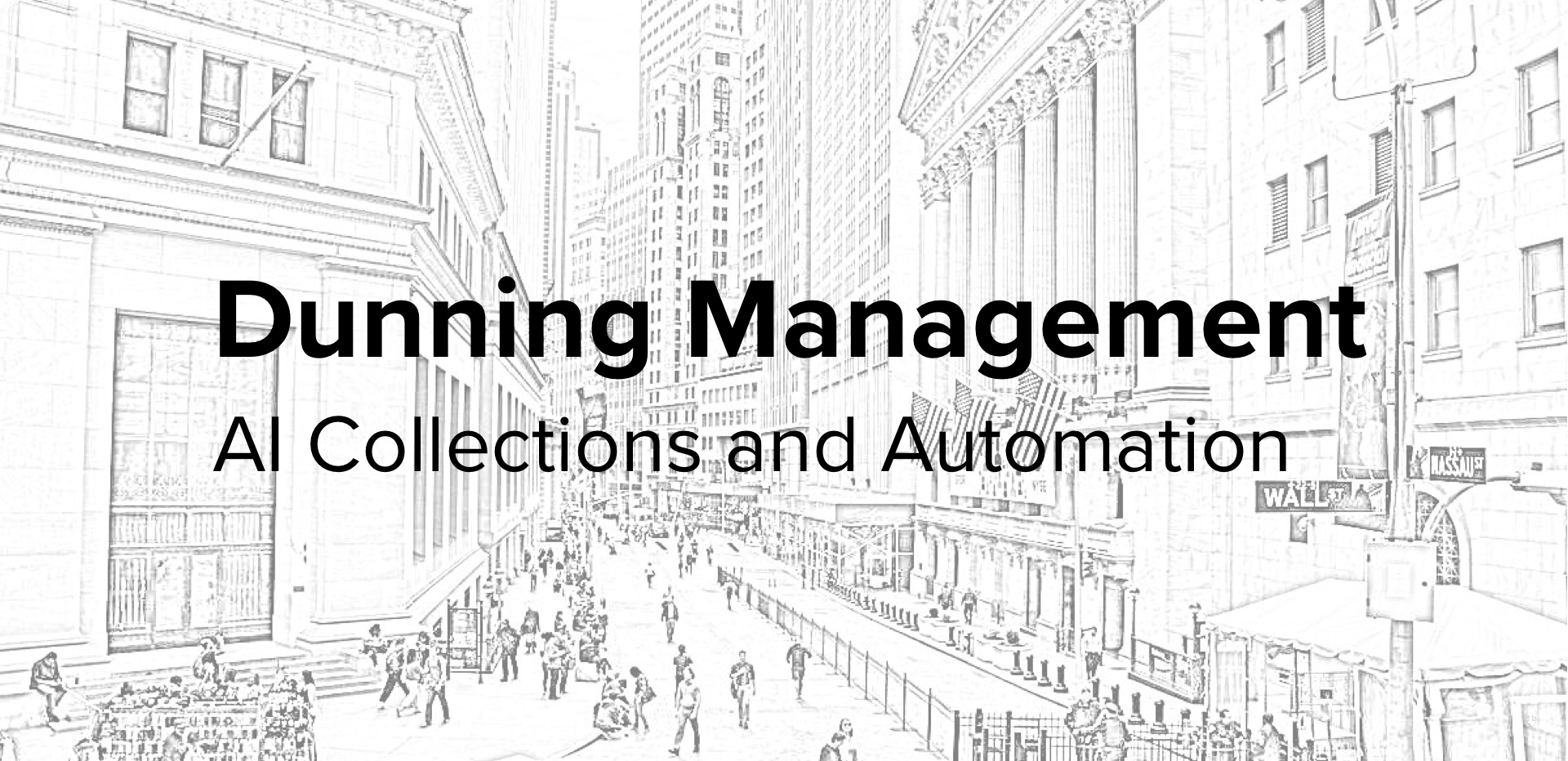The Pain Points of Traditional Collections
Third-party agencies today juggle numerous challenges:
- High Operational Costs: Staffing call centers, training agents, and managing turnover drives up overhead.
- Agent Bandwidth Limits: Human agents can only handle so many calls and follow-ups each day, leading to backlogs.
- Compliance Complexity: Ever-evolving regulations (TCPA, FDCPA, GDPR, etc.) demand rigorous monitoring and risk management.
- Inconsistent Consumer Experiences: Variability in tone, messaging, and responsiveness can frustrate consumers and erode brand reputation.
- Limited Reporting & Insights: Disparate systems make it hard to track performance metrics in real time and optimize strategies.
These constraints leave agencies scrambling to do more with less—and sometimes forced to choose between aggressive recovery targets and maintaining caller goodwill.
Introducing AI Collections Workers
AI collections workers are virtual agents powered by advanced natural language processing (NLP) and machine learning models. They function as a 24/7 extension of your human team, handling tasks such as:
- Outbound Reminders & Promises to Pay: Automated calls, SMS, or email sequences tailored to each consumer's preferences and payment history.
- Inbound Support: Real-time conversational experiences that answer basic queries (“When is my next payment due?”), reschedule payment plans, or guide consumers through self-service portals.
- Dynamic Negotiations: AI agents can propose and negotiate settlement offers within pre-approved parameters, escalating complex cases to human specialists only when necessary.
- Compliance Monitoring: Built-in rule engines ensure every interaction adheres to the latest regulations, with full audit trails and call recordings for seamless oversight.
- Performance Analytics: Dashboards track recovery rates, agent hand-offs, and consumer sentiment—empowering you to iterate faster and optimize workflows.
Key Benefits for Agencies
- Scalability & Coverage
AI workers never clock out. They can field thousands of interactions simultaneously, ensuring no consumer goes uncontacted—especially during peak volume periods. - Cost Efficiency
By automating routine touchpoints, agencies can redeploy human agents to high-value cases and negotiations, reducing per-contact costs and lowering the need for large call-center teams. - Enhanced Compliance
Automated script adherence, consent management, and real-time flagging of risky language minimize regulatory exposure. You can adapt AI rules centrally as laws change. - Consistent Consumer Experience
Personalized messaging—powered by data-driven insights—ensures each consumer receives clear, empathetic communication, improving satisfaction and willingness to resolve balances. - Data-Driven Insights
Integrated analytics surface trends in promise-to-pay adherence, channel effectiveness (voice vs. SMS vs. email), and demographic responsiveness. Use these insights to fine-tune your strategies.
Best Practices for Implementing AI Collections Workers
- Define Clear Escalation Paths
Map out which scenarios AI handles autonomously and which require human intervention (e.g., disputes, hardship requests). - Customize Messaging Tones
Tailor scripts based on customer segments—some may respond better to a friendly SMS nudge, while others prefer a formal email reminder. - Iterate Based on Feedback
Use A/B testing to refine AI language, timing, and frequency. Leverage real-time reporting to identify friction points. - Prioritize Data Security
Ensure all consumer information is stored and processed under strict encryption and access controls, meeting industry standards. - Train Teams for Collaboration
Equip human agents with dashboards that flag AI-handled cases requiring their expertise. Encourage a feedback loop so agents can improve AI performance over time.





